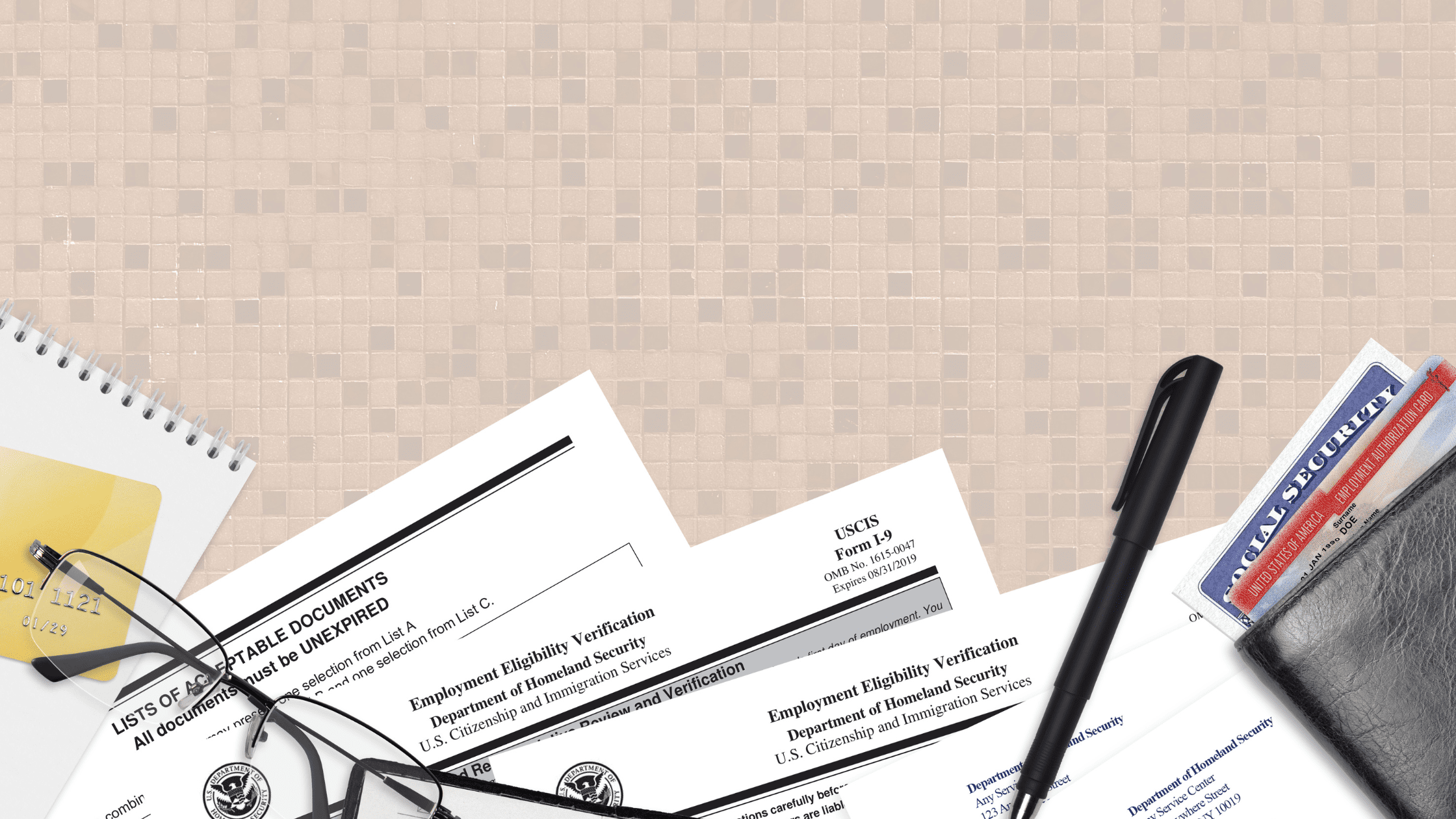Introduction:
In today’s digital era, organizations across the United States are increasingly using electronic employment verification systems to ensure the lawful employment of their workforce. One of the most widely adopted systems is E-Verify.
In this comprehensive guide, we will delve into the details of the E-Verify system, exploring its purpose, benefits, limitations, and how it functions.
-
What is E-Verify?
E-Verify is an internet-based system that allows employers to validate the eligibility of newly hired employees to work legally in the United States. It is administered by the Department of Homeland Security (DHS) in partnership with the Social Security Administration (SSA).
-
How does E-Verify work?
When an employer hires a new employee, they collect specific information, such as the individual’s name, date of birth, Social Security number, and citizenship status. This information is then used to create an E-Verify case online.
The system compares the employee’s information against DHS and SSA databases to verify their employment eligibility. If the information matches and the employee is work-authorized, E-Verify instantly confirms their eligibility.
If there is a mismatch or a need for further verification, the system generates a Tentative Nonconfirmation (TNC).
-
Importance and benefits of E-Verify:
Ensures a legal workforce:
E-Verify helps employers maintain compliance with federal immigration laws, ensuring that their employees are legally authorized to work in the United States.
Reduces unauthorized employment:
By promptly identifying ineligible employees, the system aids in preventing the hiring of unauthorized workers.
Mitigates government penalties:
Utilizing E-Verify can serve as a defense against possible legal penalties in cases of unintentional hiring of undocumented workers.
Protects business reputation:
Implementing E-Verify demonstrates an organization’s commitment to maintaining a lawful workforce and bolstering public trust.
-
Limitations and challenges:
False negatives:
The system may occasionally provide an erroneous nonconfirmation, potentially resulting from data entry errors or issues with records in government databases.
Privacy concerns:
Critics argue that E-Verify may pose privacy risks as it requires the collection and verification of sensitive personal information of employees.
Limited coverage:
Currently, E-Verify is mostly mandatory for federal contractors and optional for other employers, leaving a significant portion of the workforce without its benefits.
-
Employer responsibilities and compliance:
Voluntary participation:
Many employers choose to voluntarily participate in E-Verify, while others may be required by law to do so.
Non-discrimination:
Employers must use the system to verify all new hires consistently and may not selectively target specific employees based on race, citizenship, or other protected characteristics.
Proper practices:
Employers are responsible for ensuring accuracy during the verification process, treating employees fairly, and promptly addressing any potential issues.
Conclusion:
The E-Verify system plays a crucial role in establishing a legally authorized workforce, reducing the employment of unauthorized workers, and protecting employers from legal penalties. While it presents certain limitations and challenges, its benefits make it an essential tool for organizations committed to maintaining compliance with U.S. immigration laws.
Employers should familiarize themselves with their legal obligations and consider the advantages of implementing the E-Verify system.
With EMP Trust’s E-Verify software automation, you’ll be able to quickly and easily verify that newly hired employees are legally authorized to work in the United States.
Remember, E-Verify serves as an aid in ensuring compliance but should not replace fair and equitable hiring practices and a comprehensive understanding of immigration laws


